
This serene ranch house designed by Surber Barber Choate + Hertlein Architects is nestled on a 100 acre site in a remote area of southwest Colorado. The property is in the region known as the Four Corners (where Colorado, New Mexico, Arizona, and Utah converge).
In order to enjoy the distant spot while on vacation there, the owners initially set up an Airstream trailer on the site. After a week of particularly cold weather they decided that in order to enjoy the rustic environment they needed better accommodations. The initial program was a one room vacation house containing a kitchen, dining, and living area, with a sleeping loft and bathroom.
Within the first year of completion, the homeowners decided to retire from Atlanta and make this spectacular ranch land of southwest Colorado their main home. The Architect considered the surrounding vernacular architecture when designing this home.
The most distinct structures in the sparsely populated area are agricultural buildings — barns and sheds. In the initial phase of the project, the living area was therefore conceived as an abstraction of the typical barn form. Alternately, the bedroom wing takes the form of the shed.
What We Love: This serene ranch house offers its inhabitants a warm and welcoming living environment both indoors and out. An exquisite material palette not only creates a stunning architectural aesthetic, but provides protection from possible brush fires. Sustainable design features throughout this dwelling and tranquil countryside setting adds to the overall appeal for living comfortably in this beautiful home.
Tell Us: What details do you find most intriguing about the design of this home? Please share your thoughts in the Comments below!
Note: Have a look at a couple of our favorite home tours that we have featured here on One Kindesign from the portfolio of the architects of this home, Surber Barber Choate + Hertlein Architects: Incredible modern home surrounded by mountains of northeast Mexico and Rustic-modern house organically forms into hillside in the Berkshires.
Throughout this dwelling, the main flooring material is exposed concrete containing a radiant heating system. The outdoor living areas are also formed concrete. Steel bolts and plates are used at the heavy timber frame connections.
Above: Soaring ceilings in the living area focuses on an expansive window showcasing views out across a pond and beyond to the profile of Mesa Verde National Park. Outdoor living spaces are arrayed to the south of the main living room and include an outdoor kitchen and dining area.
Above: The dining table is built from pieces of the heavy timber frame (for legs) with a large steel plate for the top.
Portions of the interior and exterior walls are finished in unpainted stucco, whose coloration results from the use of local sand.
The wood structure is a combination of stud construction with a heavy timber frame of 12″x12″ reclaimed Douglas fir. Douglas fir plank paneling is also used on the interior in the high ceilings of the living area and master bedroom, and on the exterior at the roof overhangs and window mullions.
Sustainable design features were integrated into the design of this home, including: reclaimed wood products; efficient radiant heating system; 2×6 wall construction with sprayed-in insulation; exterior living spaces for outdoor living; passive solar design using roof overhangs and high-performance glass.
Painted steel is used at protective window surrounds as well as the balcony adjacent to the master bedroom.
There are two outdoor sitting areas: the western most area beneath a cube-like frame of heavy timber with a trellis overhead to provide some shade, and a built-in concrete bench around a fire pit.
Aluminum grate is used at the bedroom balcony to allow melting snow to drain. The same aluminum grate material was used to create a custom dining table gracing the outdoor dining area.
On the exterior facade, the principle cladding is corrugated aluminum in silver and a pre-finished dark bronze color. Additionally, this home has a standing seam roof that provides an exterior skin less flammable than more typical wood siding.
After several seasons on this property, they discovered they enjoyed spending as much time as possible outdoors. To maximize this experience, they requested dedicated outdoor space for living, dining and kitchen functions. Not too long after purchasing the land, the area was threatened by brush fires. In response to this threat, the owners asked that the exterior skin be a fireproof as was practical.
Photos: Phillip Spears Photographer

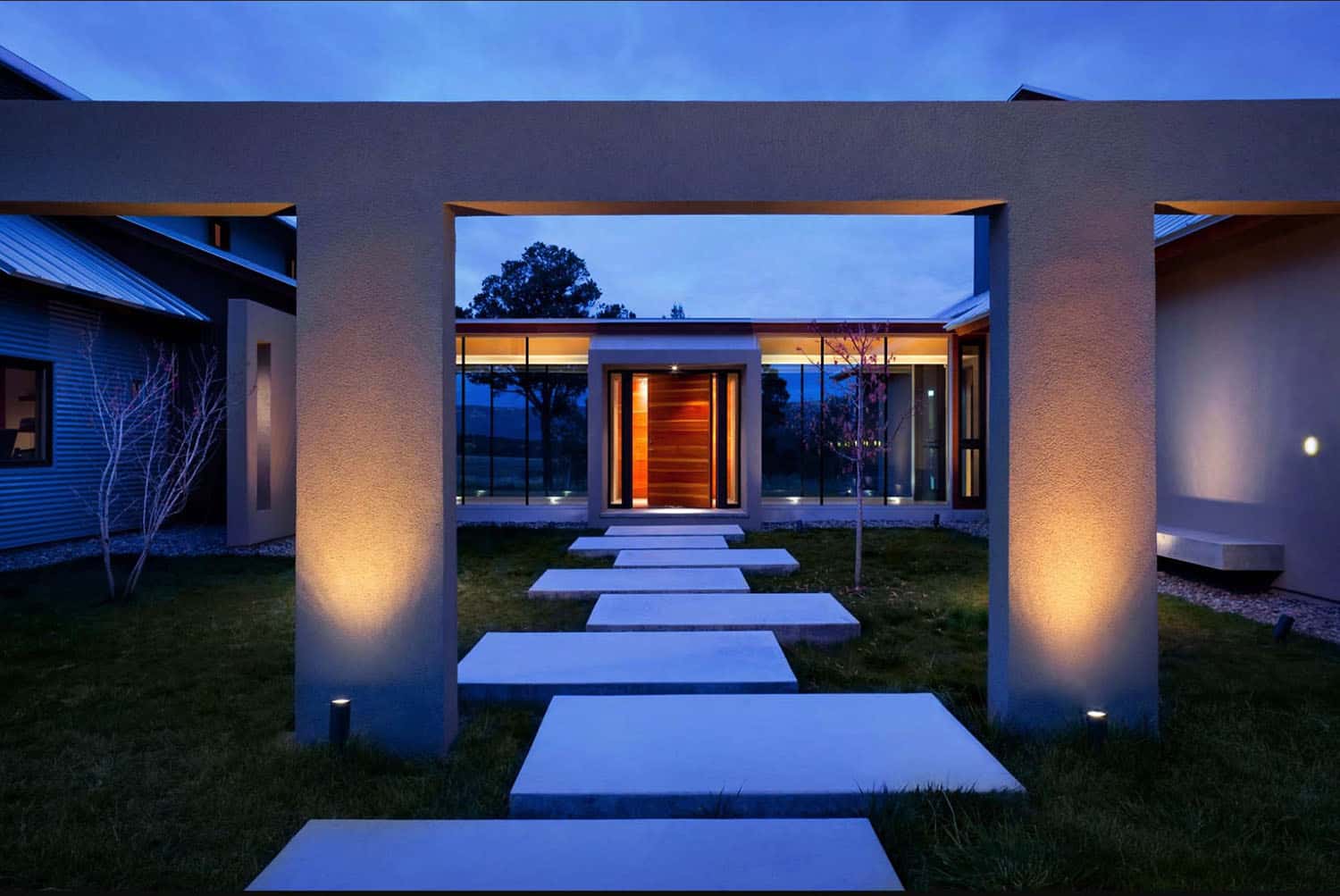

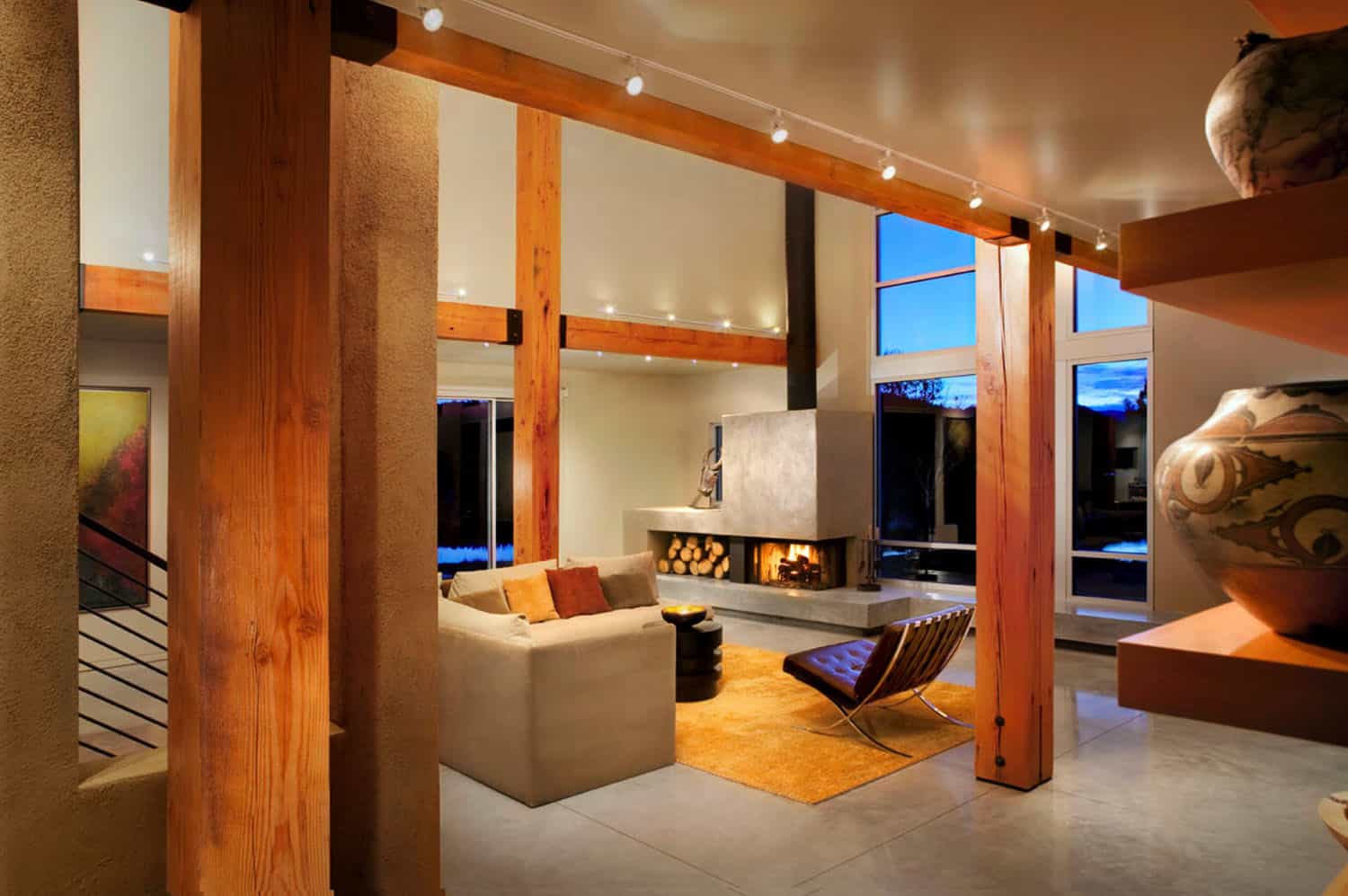
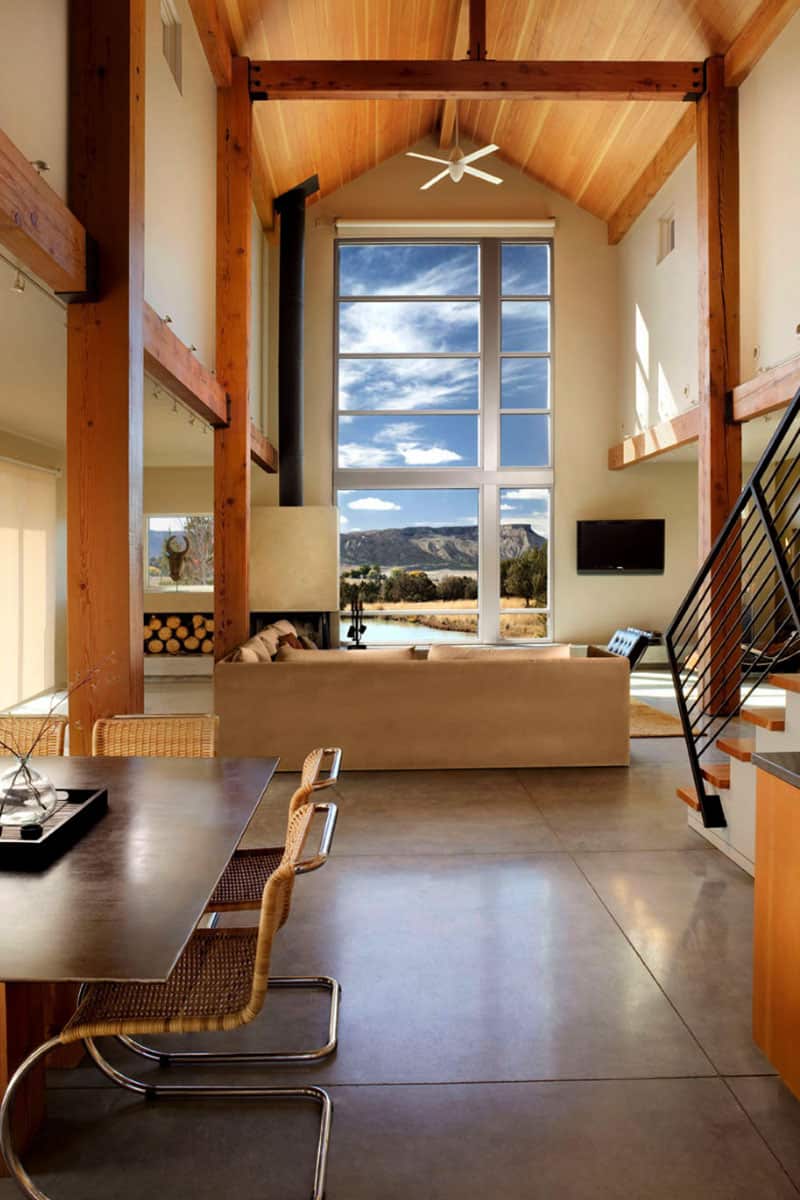

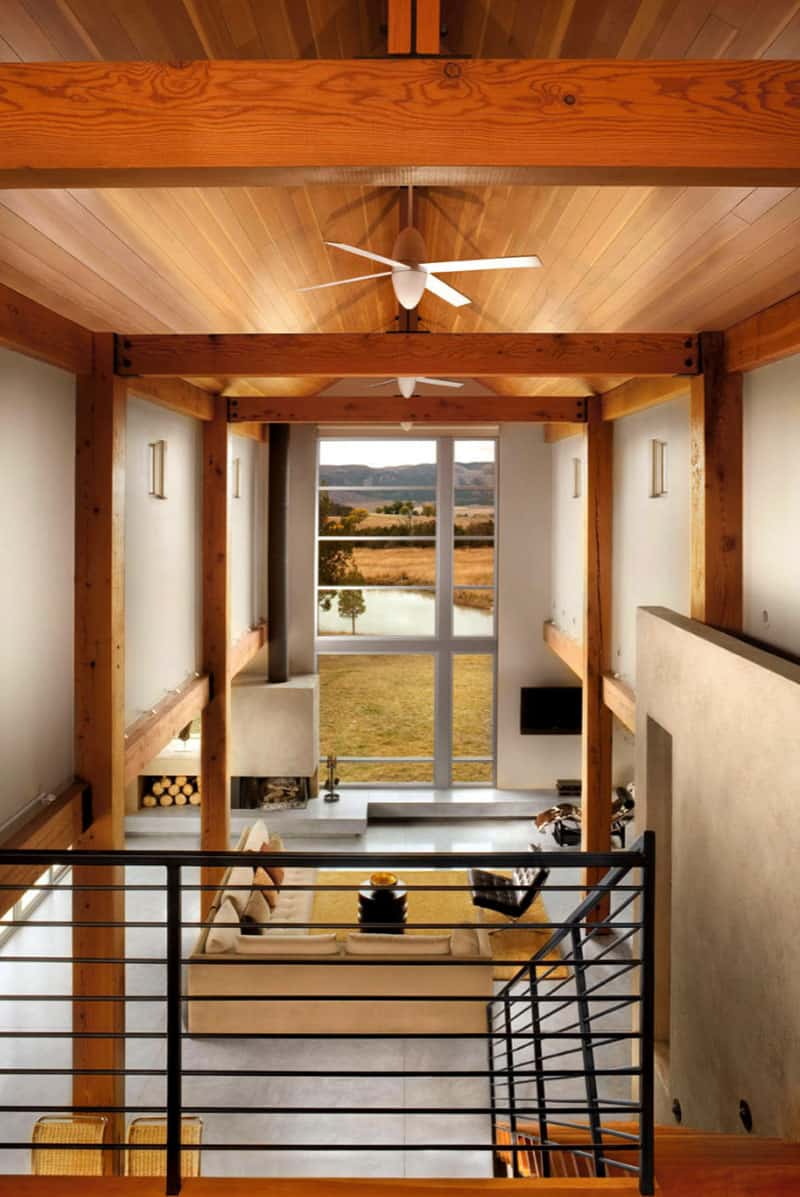
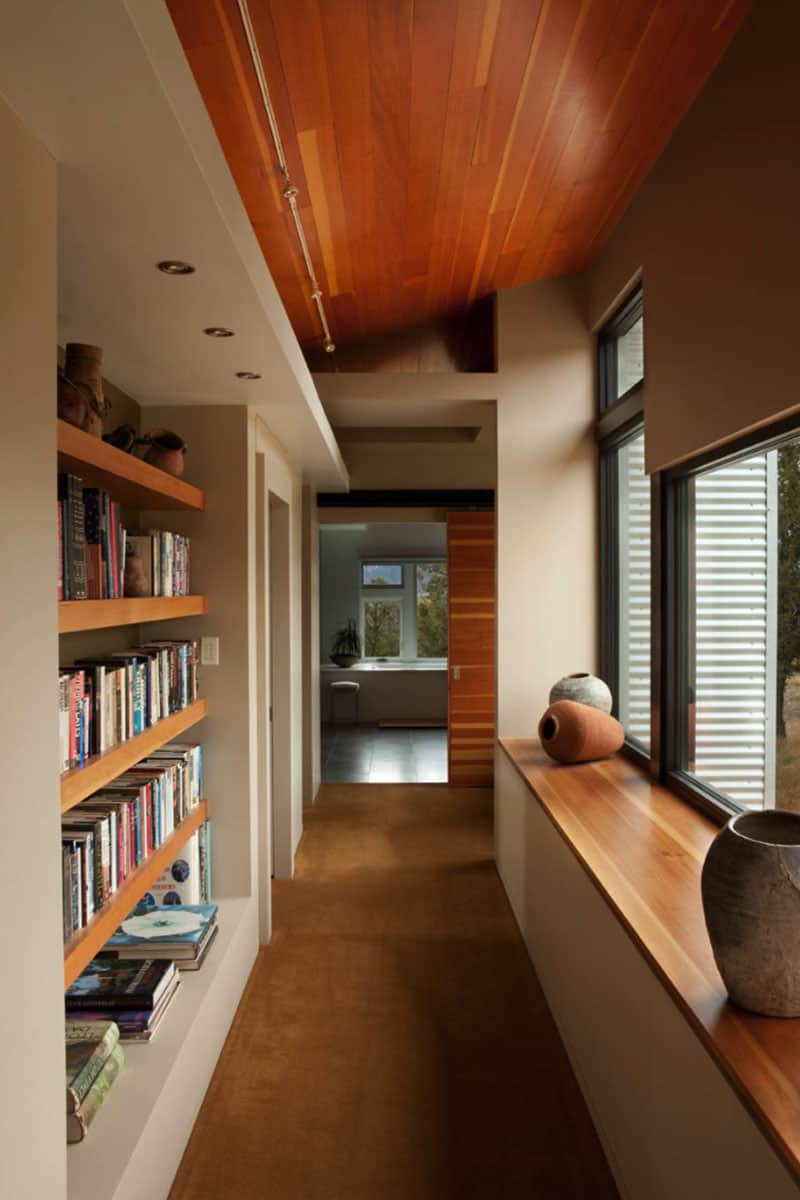
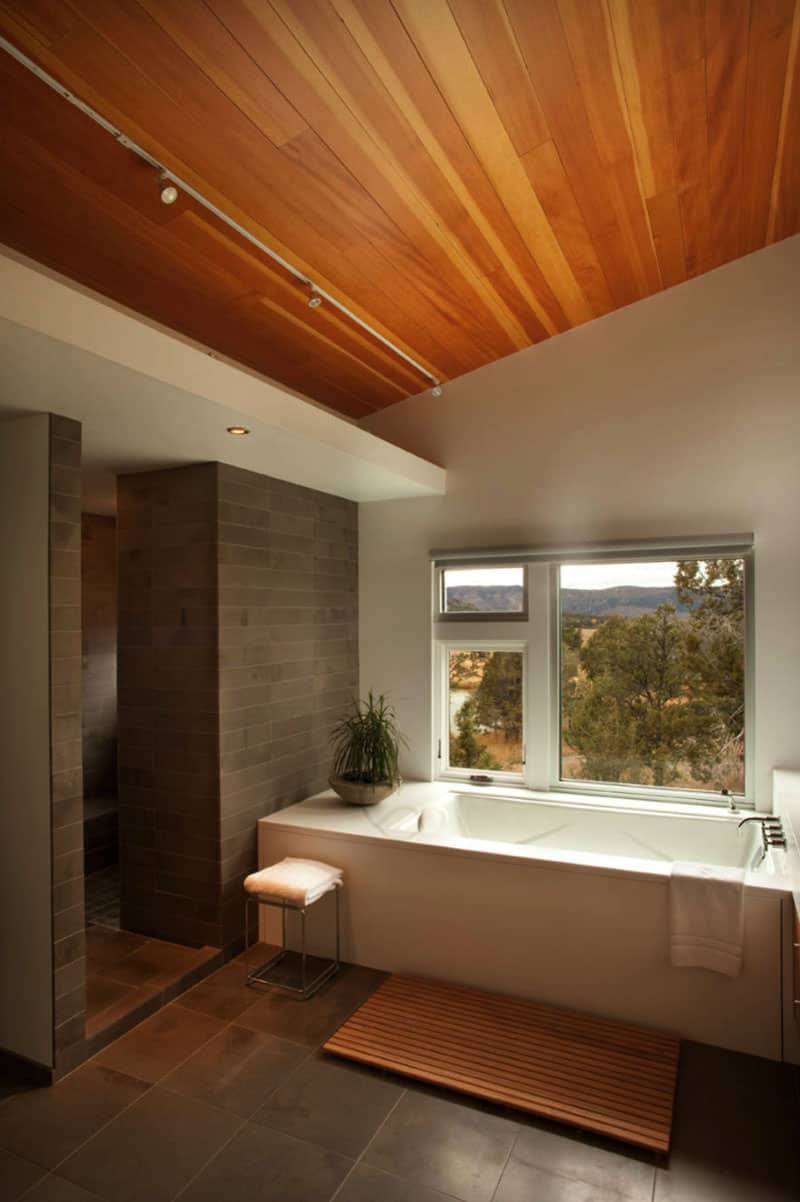
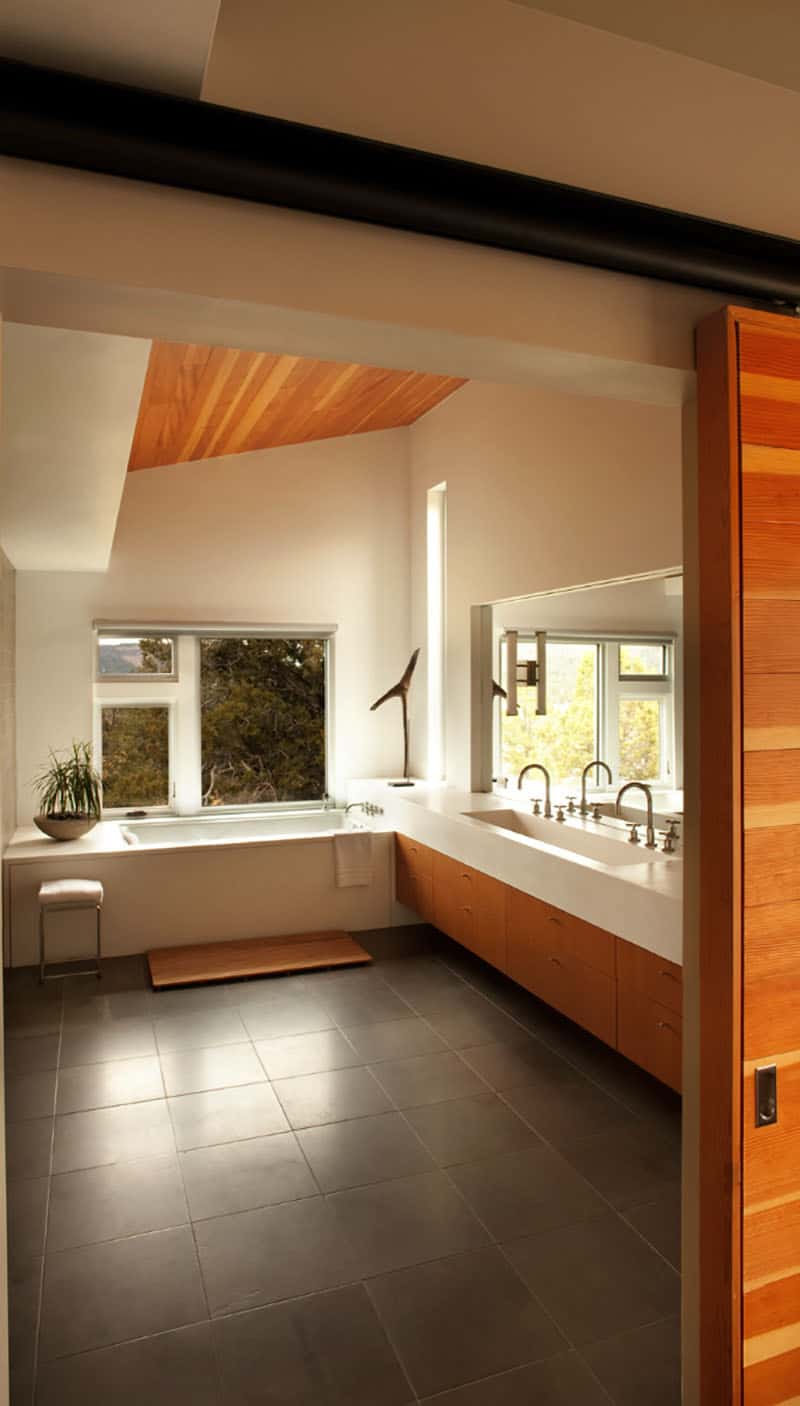
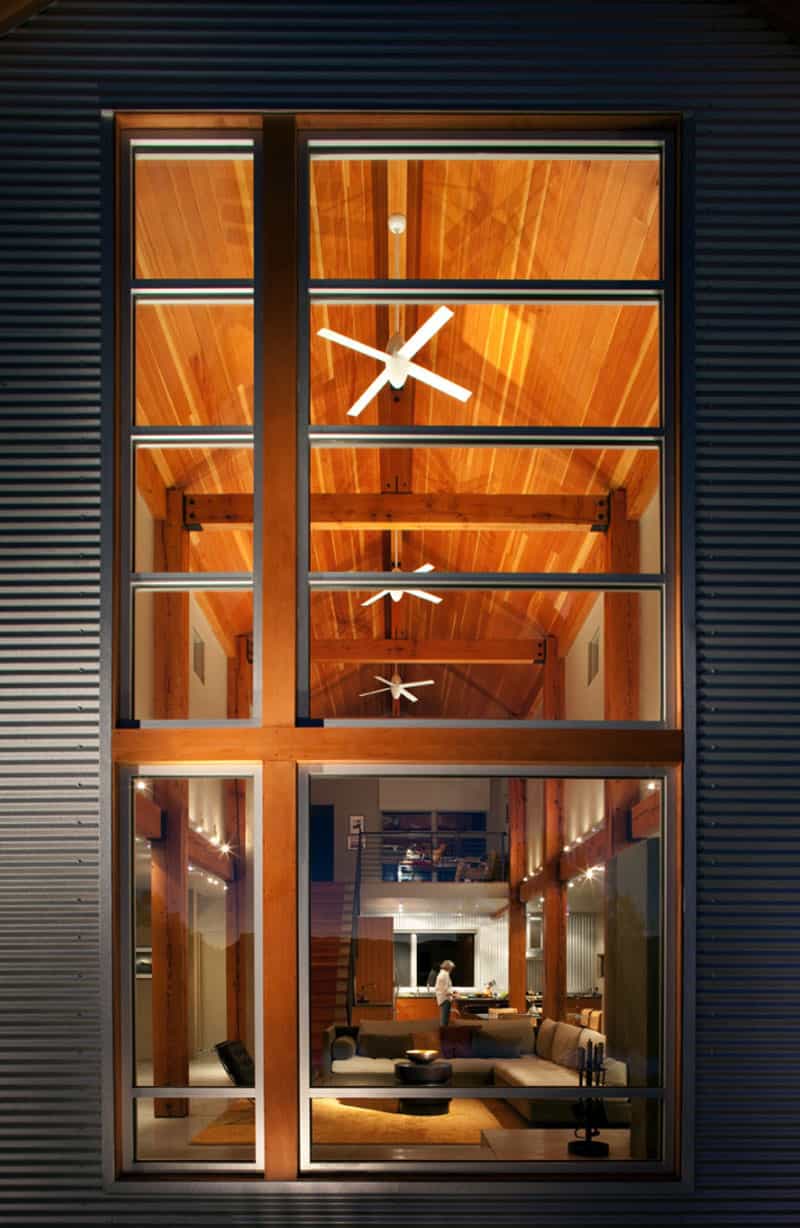
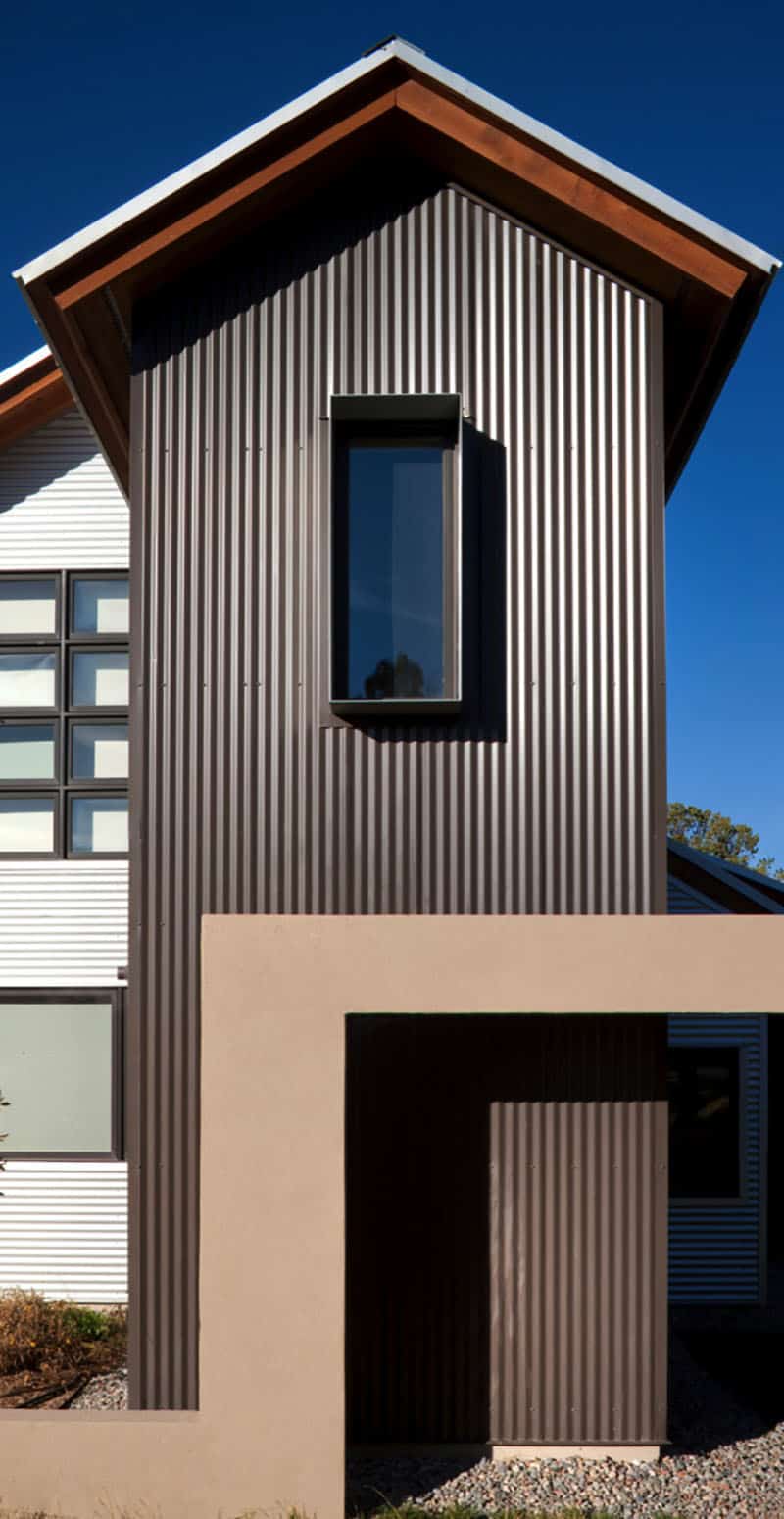

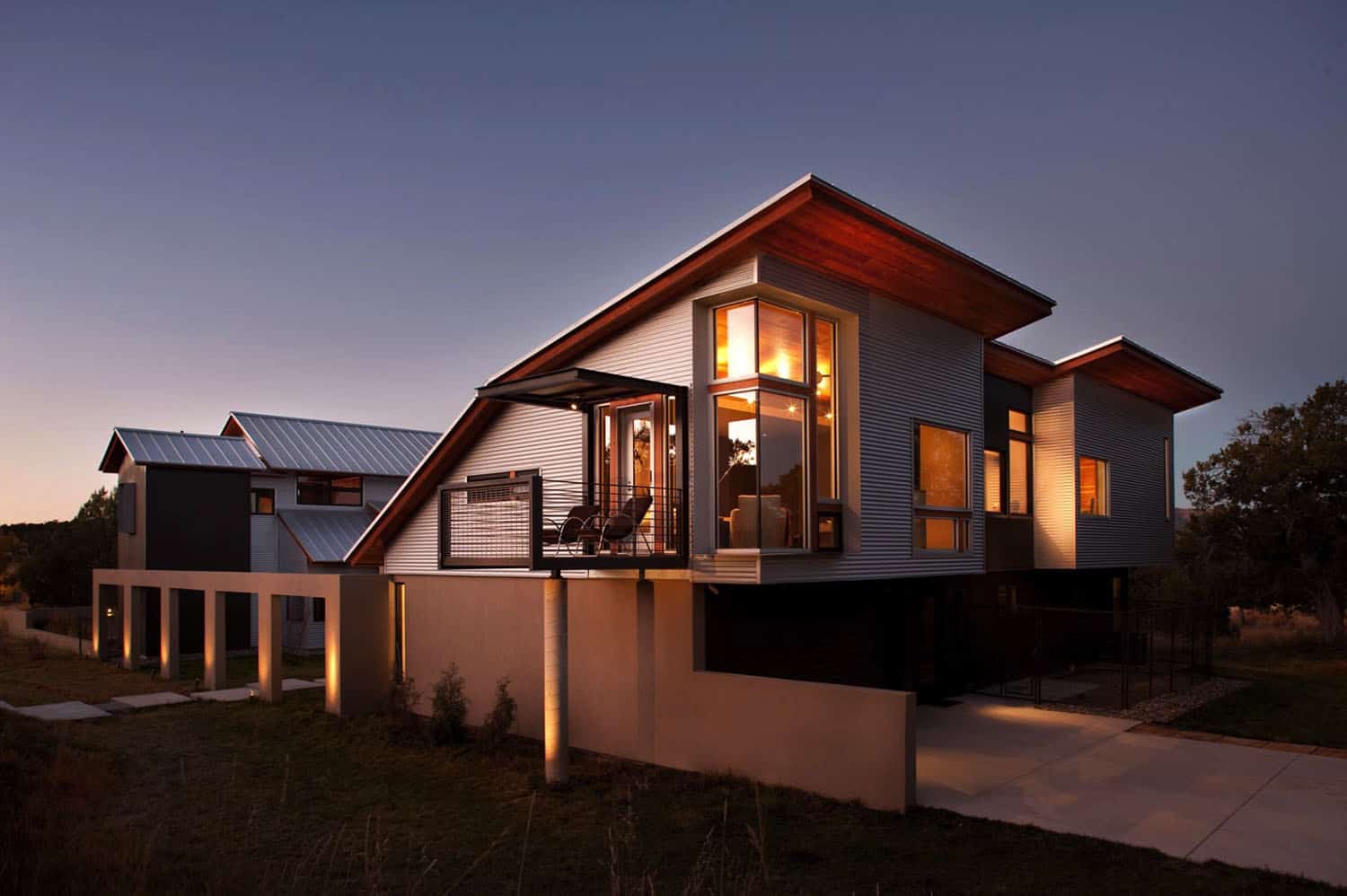
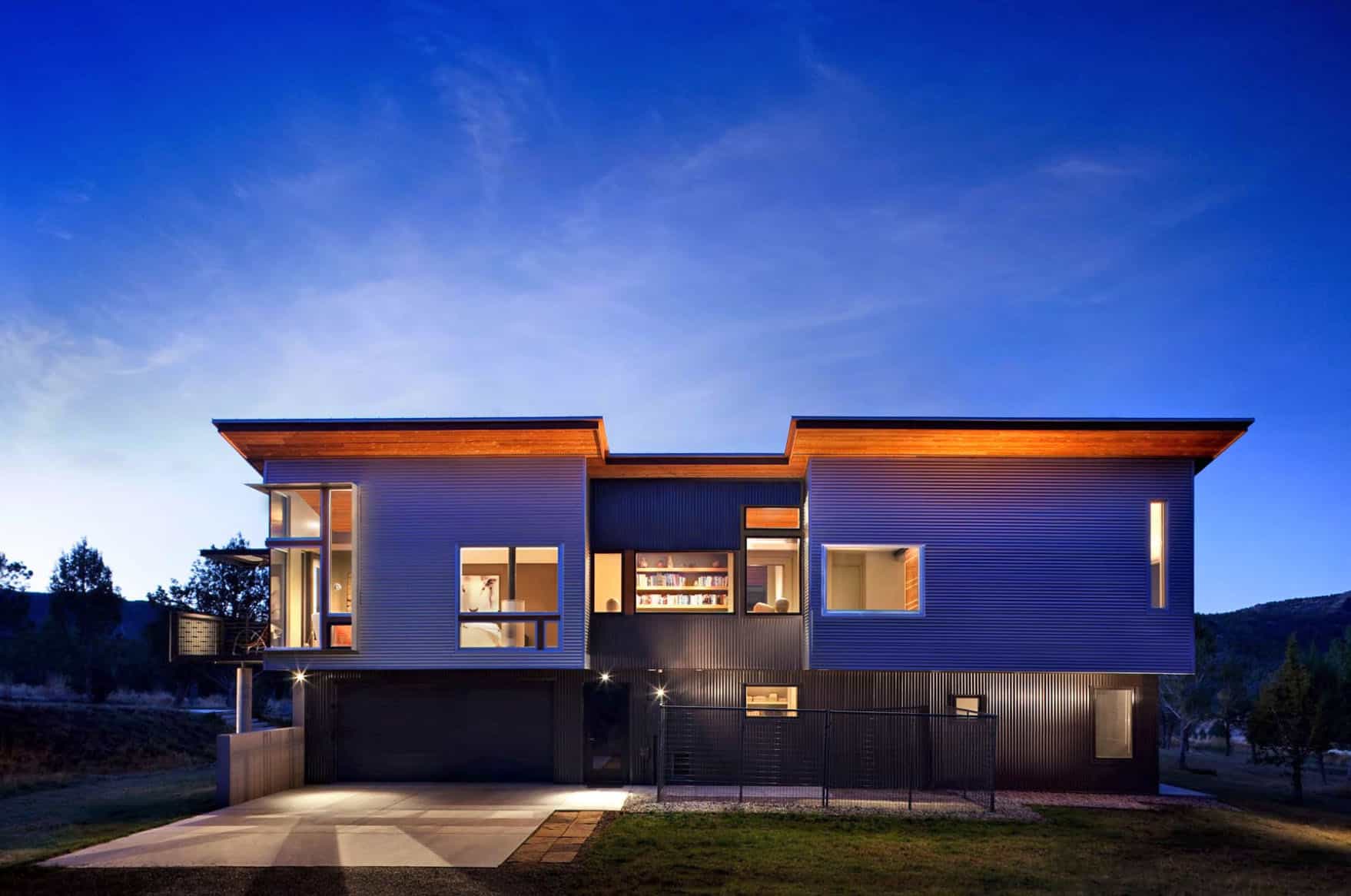
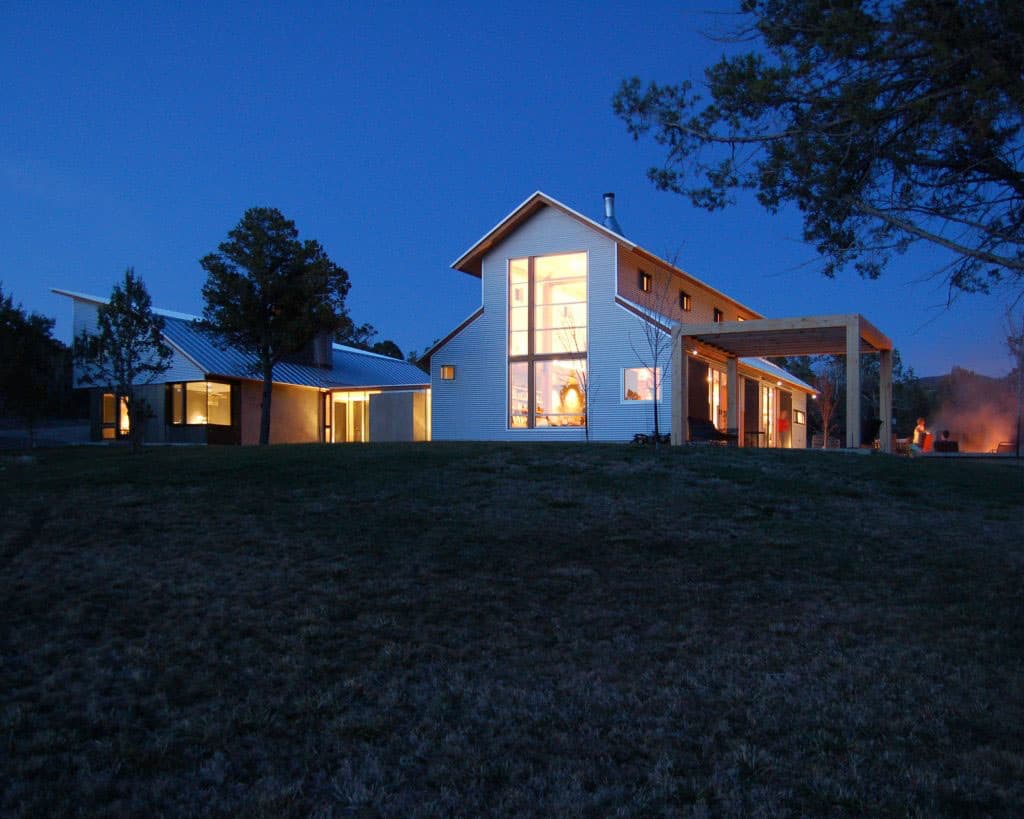
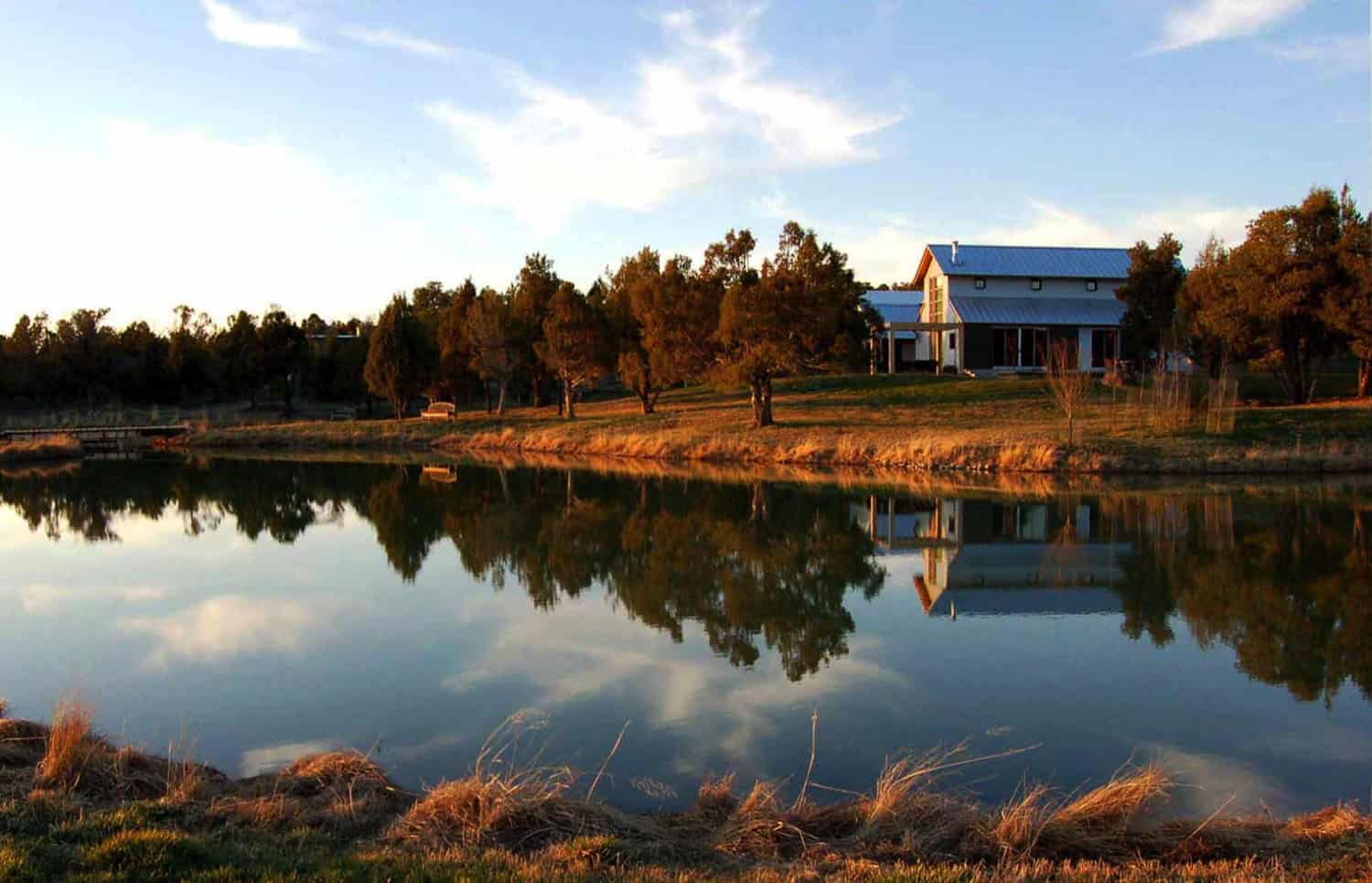
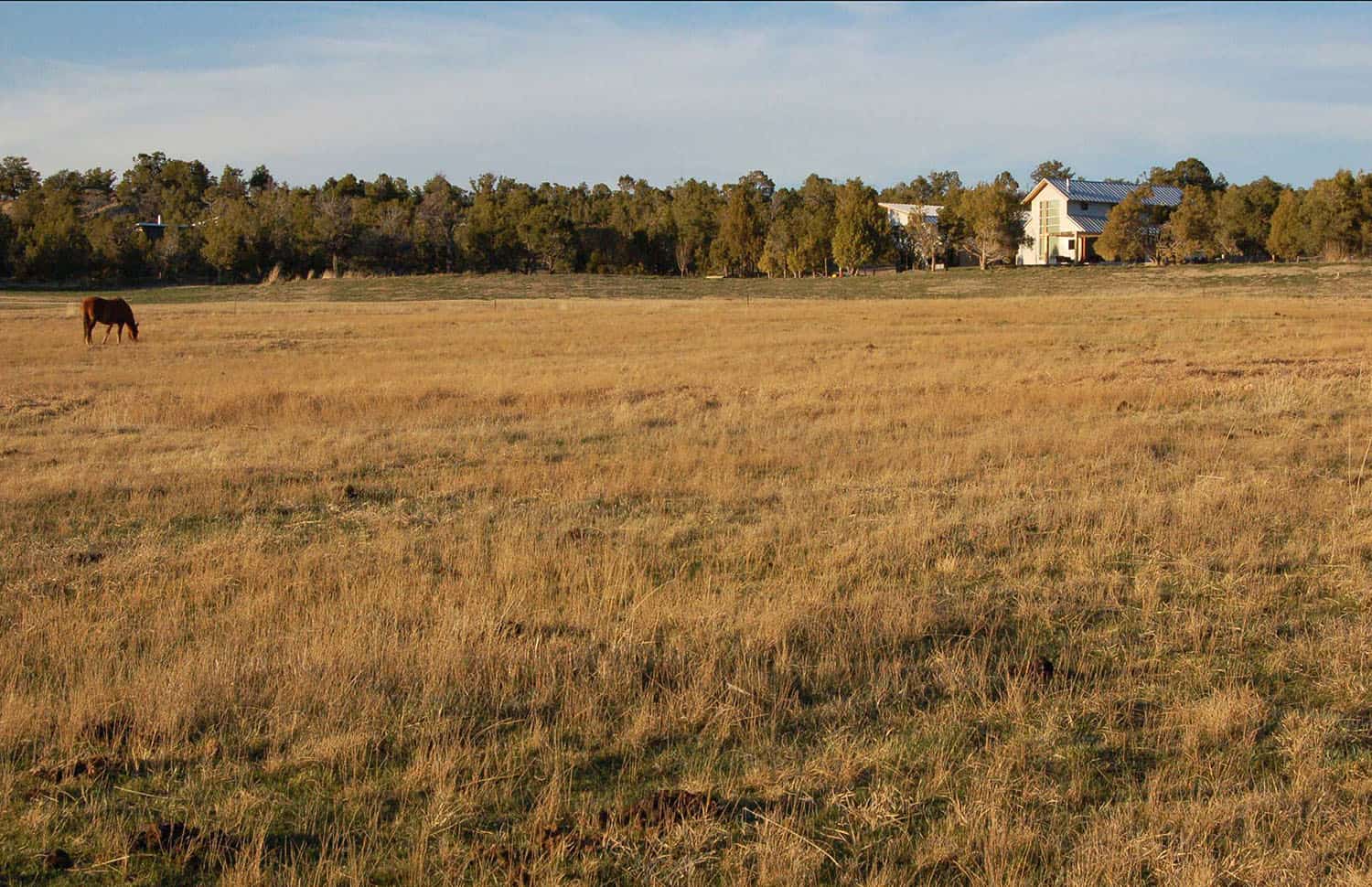

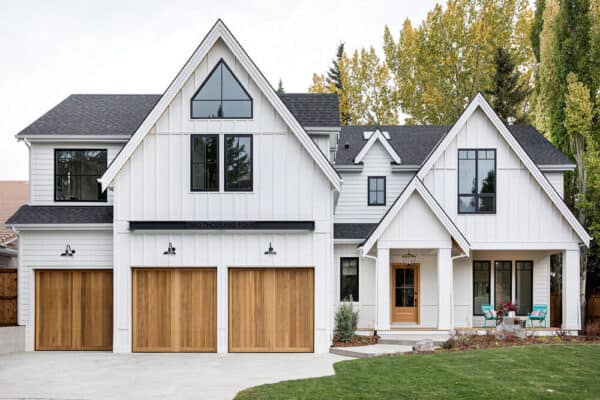
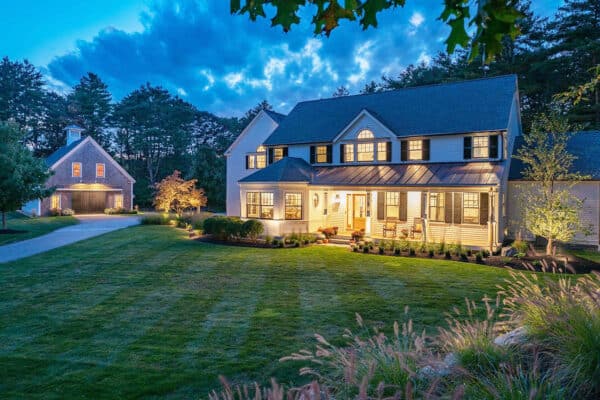
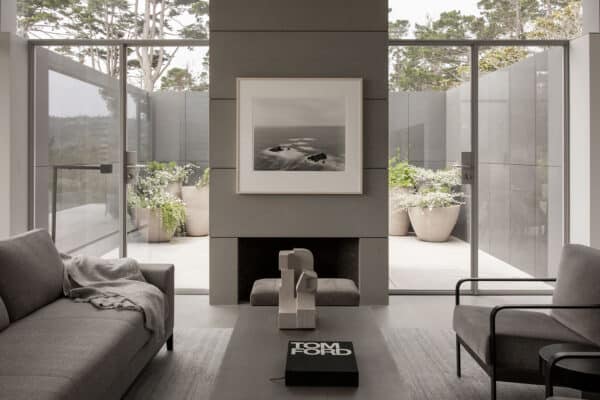
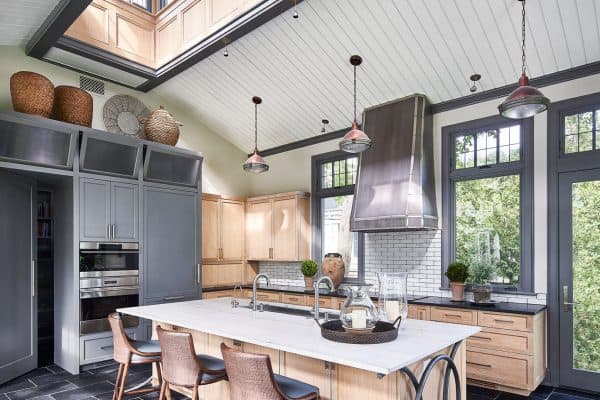

0 comments